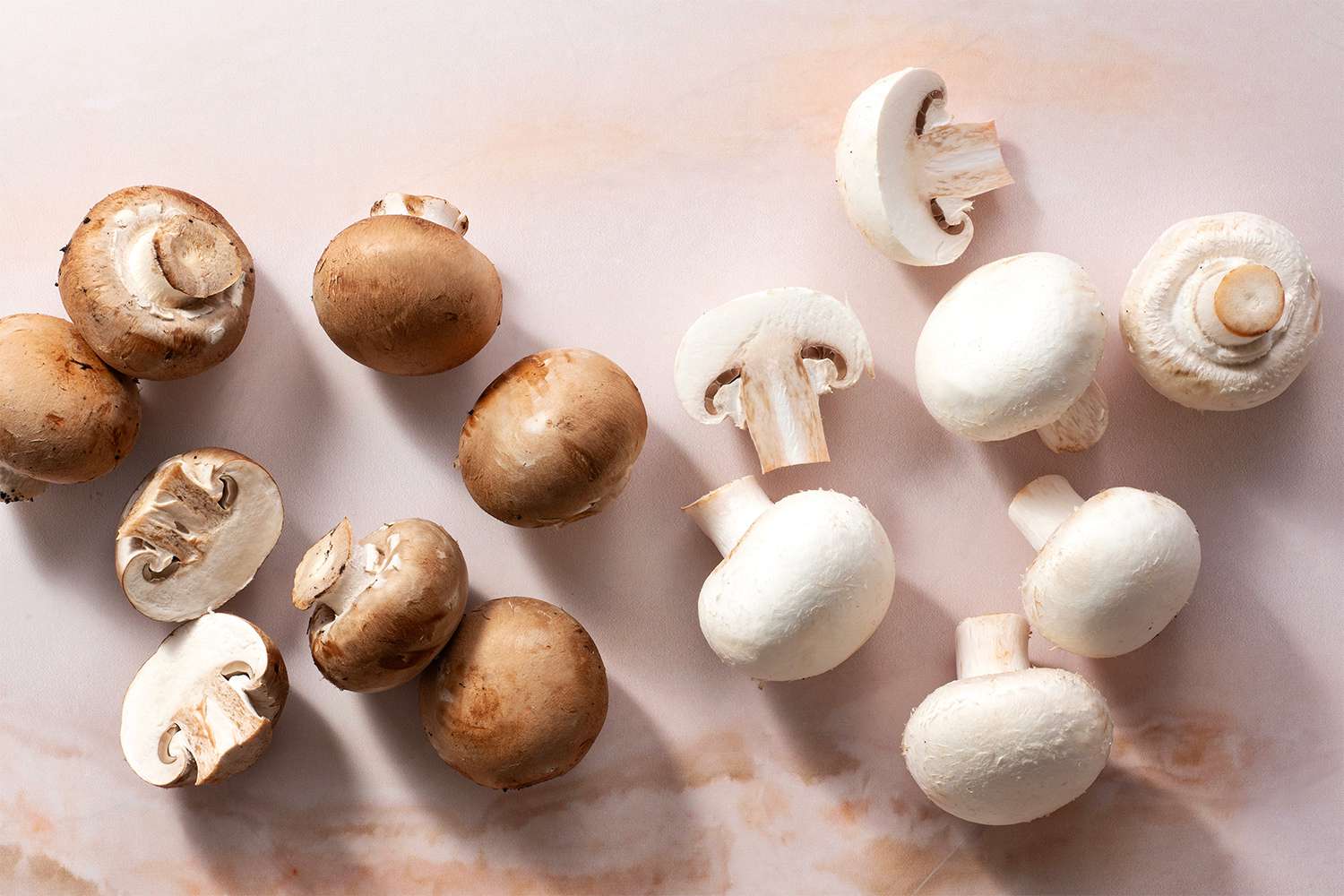

Agaricus bisporus Lange
|
Button mushroom is a type of mushroom eaten as a vegetable belonging to the family Agaricaceae. It is a good source of flavonoids and phenolic acids such as rutin, gallic acid, trans-Cinnamic acid and chlorogenic acid. Button mushroom polysaccharides and extract shows immunomodulatory and anti-cancerous activity by inducing lymphocyte proliferation, phagocytotic activity of macrophages, TNF-α, and immunoglobin G, synthesis of IFN-γ and interferes in Androgen receptor (AR) signalling axis and suppresses prostate specific antigen (PSA) expression. Mode of Consumption : Added to soups and salads, fried, boiled, dried and pickled |
| Plant Details | Agro-climatic Zone | Vernacular Names | Pictures |
| Scientific Name: Agaricus bisporus Lange Family: Agaricaceae Chevallier Class: Agaricomycetes Order: Agaricles Genus: Agaricus Linnaeus, Fries, Karsten Fruiting Season: All round the year Parts: Fruiting body |
|
Andhra Pradesh : Battan puttagodugu Assam : Butam masrum Bihar : Battan mashrum Himachal Pradesh : Battan mashrum Karnataka : Battan masrum Kerala : Battan kun Tamil Nadu : Potan kallan Uttar Pradesh : Battan mashrum West Bengal : Botama masaruma |
 Mushroom |
| Compound/Extract | Activity | Mode of Action | Marker/References |
| Polysaccharides from A. bisporus fruiting bodies | Immunomodulatory | Polysaccharides from A. bisporus fruiting bodies helps in Lymphocyte proliferation, phagocytotic activity of peritoneal macrophages, and levels of IL-2, IL-6, IL-10, IL-17, TNF-α, and immunoglobin G, synthesis of IFN-γ. | Lymphocytes, IFN-γ, IL-2, IL-6, IL-10, IL-17, TNF-α, and IgG[3] |
| A. bisporus polysaccharide solution | Immunomodulatory | A. bisporus polysaccharide solution increases synthesis of IFN-γ in human PBMCs. | IFN-γ[4] |
| White button mushroom extract | Anticancer | White button mushroom extract interfare in Androgen receptor (AR) signalling axis and antagonist effect of CLA-9Z11B which exhibited potent antiandrogenic effects by suppressing Prostate specific antigen (PSA) expression. | Androgen receptor (AR) signalling, Prostate specific antigen (PSA)[5] |
| Major Class | Metabolites (Content of bioactives: mg/100g Fresh Weight) |
| Carboxylic Acid | Chlorogenic acid : 0.67 mg/100g FW, Gallic acid: 0.92 mg/100g FW[2] |
| Flavanoid | Rutin: 2.14 mg/100g FW[2] |
| Phenolic acid | trans-Cinnamic acid: 0.77 mg/100g FW[1] |
| Effect | Observation | DOI |
| Animal model studies | Increase in Bacteroides such as Prevotella which is a good source of propionate and succinate | DOI: 10.1016/j.jff.2018.04.008 |
| Animal model studies | Increase in the abundance of Clostridiales taxa | DOI: 10.3390/nu10111721 |
| Human clinical studies | Increased abundance of Clostridiales taxa responsible for improved intestinal performance | DOI: 10.3390/nu10101402 |
| Disease | Formulation | Reference | Author | TKDL |
| Information from Wealth of India | Reference |
| 4.2, 04.2.1, 04.2.1.1, 04.2.1.3, 04.2.2.3, 04.2.2.5, 04.2.2.6, 04.2.2.8 |
| CSIR-North East Institute of Science and Technology, Jorhat-6, Assam, India
CSIR-Institute of Himalayan Bioresource Technology, Palampur-61,Himachal Pradesh, India |